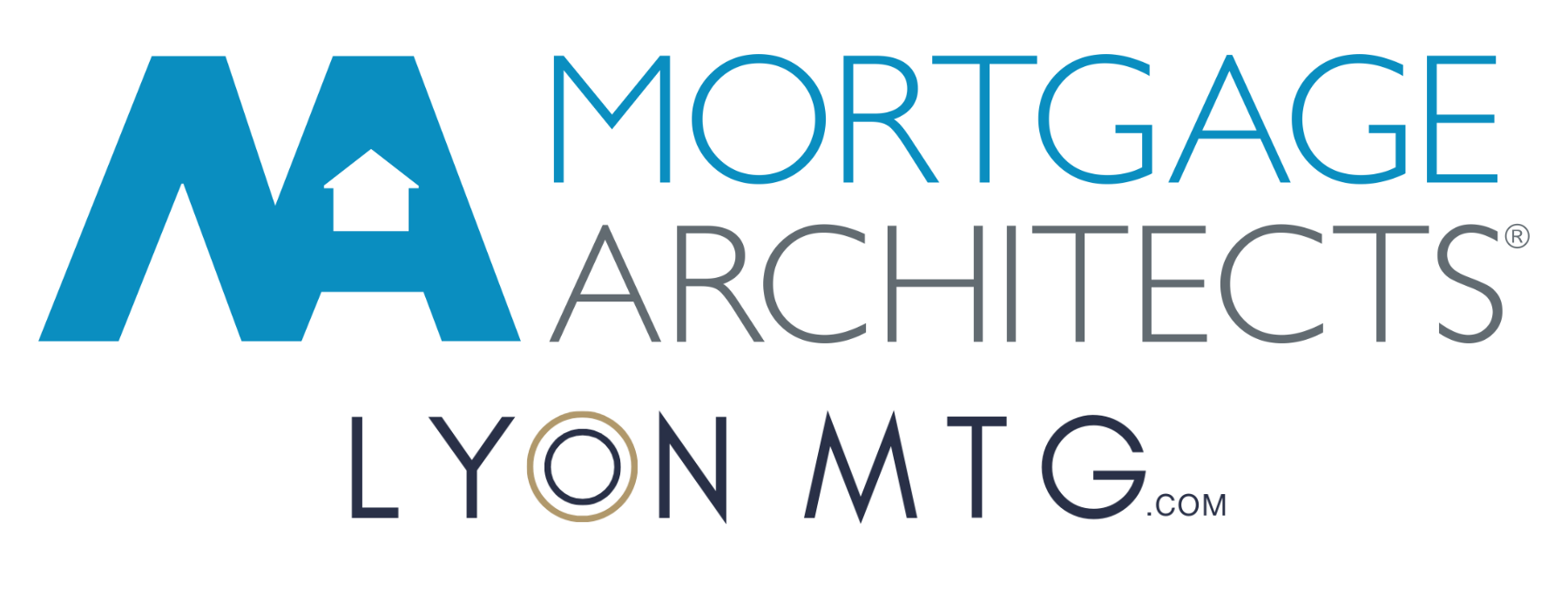How Debt Impacts Your Borrowing Power
Have you ever wondered how your car loan, credit card balance, or line of credit might affect your ability to qualify for a mortgage? For many buyers, non-mortgage debts play a bigger role than they realize in shaping what lenders will approve.
In this blog, we’ll break down how debts impact your borrowing power, why lenders look closely at them, and what practical steps you can take if you’re preparing to buy a home.
Understanding Borrowing Power
Your borrowing power is primarily determined by your income. If you earn $1,000 per month, no lender will approve a loan requiring $990 in monthly payments, because that would leave you only $10 for all other expenses—a clear recipe for financial trouble.
There are two thresholds lenders look at to evaluate your maximum mortgage:
- The first is the Gross Debt Service (GDS) ratio, which typically allows about 39% of your gross income to go toward a stress-tested mortgage payment and housing costs.
- The second is the Total Debt Service (TDS) ratio, which looks at all debts combined. It is typically capped around 44% of your gross (before-tax) income and includes:
- Stress-tested mortgage payment
- Property taxes
- Heating costs
- Any other monthly debt payments
How Debts Reduce Borrowing Power
For insured mortgages that follow the standard thresholds of 39% and 44%, you can have the equivalent of 5% of your gross income in additional debts before they start to reduce your borrowing power.
For uninsured mortgages, exceptions can often increase the GDS limit to 44%, meaning any additional debts directly reduce your borrowing power.
Because of this 44% threshold, every dollar of monthly debt requires about $2.27 in additional monthly income to offset it. Since most people can't quickly increase their income, let's look at how debts reduce your borrowing power.
Key Math
Every $100 in monthly debt payments reduces your mortgage borrowing power by approximately $13,500.
(Calculation based on a 4.5% interest rate with a 6.5% stress test qualification and 25-year amortization)
That means:
- A $500/month car loan = about $67,000 less borrowing power
- A $200/month line of credit = about $27,000 less borrowing power
Note: Credit cards that are paid off in full each month do not impact your borrowing power. However, carrying a balance will work against you.
Key Benefits of Managing Debt Wisely
• Maximize home options – Less debt means more borrowing room for your mortgage.
•
Lower stress during approval – Fewer debts make qualification smoother.
•
Flexibility in budgeting – Reduces the risk of stretching yourself too thin financially.
Important Considerations
• Not all debt is bad — car loans, student loans, or lines of credit can make sense at the right time.
• The danger comes when new debts are added while you’re actively shopping for or closing on a home — this can jeopardize approval.
• Always talk with your mortgage broker before taking on new credit if you plan to buy soon.
Real-World Example
Scenario:
- Couple with household income of $100,000
- 20% down payment
- Already carrying a $400/month car loan
Impact:
- Without the loan, they could qualify for around $480,000 mortgage.
- With the loan, that drops by about $61,000, reducing their maximum approval to $419,000.
That $61,000 difference could determine whether you qualify for your preferred home or have to settle for a less expensive option.
Next Steps
If you’re planning to buy a home soon, review your current debts and see how they may affect your approval. Even small payments can make a big difference in how much you qualify for.
If you’d like a personalized analysis of how your debts might impact your mortgage options, I’d be happy to help.
Book a consultation or call 778-988-8409
Mortgage Term Glossary
Borrowing Power: The maximum mortgage amount a lender will approve based on your income, debts, and other factors.
Equity: The portion of your home you truly own, calculated as home value minus mortgage balance.
Gross Debt Service (GDS) Ratio: A measure of how much of your gross income can go toward housing costs (mortgage payment, property taxes, heating, and sometimes condo fees). Lenders typically cap this at 39%, though exceptions may apply if you have more than 20% down.
Gross Income: How much you make before taxes.
Stress Test: A requirement that you qualify at a higher interest rate than your actual rate, to ensure affordability.
Total Debt Service (TDS) Ratio: A measure of how much of your gross income can go toward all debt obligations (housing costs plus other monthly debt payments). Lenders typically cap this at around 44%, though exceptions may apply if you have more than 20% down.
Need help with your mortgage?





